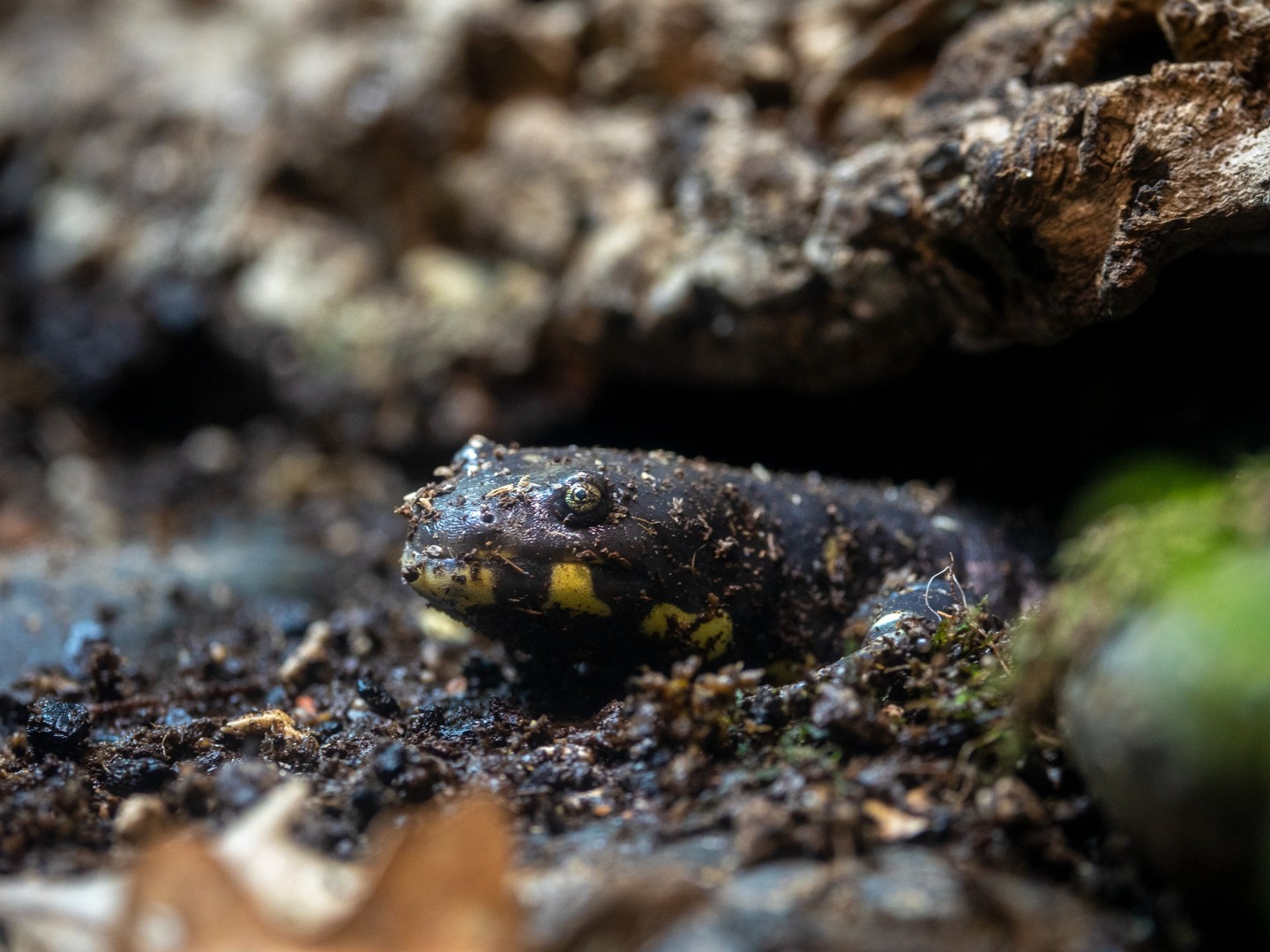- Ecology and Habitat: Exploring the environments where California tiger salamanders thrive.
- Physical Characteristics: Detailed description of size, appearance, and unique features.
- Conservation Status: Current threats and efforts to protect these creatures.
- Breeding and Life Cycle: Understanding reproduction and development stages.
- Human Interaction and Impact: The effects of urbanization and conservation efforts.
California tiger salamanders are fascinating amphibians native to North America. These creatures are one of the largest terrestrial salamanders in the United States, with some specimens reaching lengths of up to 13 inches. They primarily inhabit grasslands and low-elevation regions, often near vernal pools that play a crucial role in their life cycle.
Ecology and Habitat
California tiger salamanders reside in a variety of habitats, from coastal grasslands to open woodlands. Their reliance on vernal pools is especially noteworthy, as these temporary bodies of water are key for their breeding. During the rainy season, these pools fill, providing the moisture necessary for the salamanders to lay eggs. As amphibians, they require specific environmental conditions like moderate temperatures and the presence of both aquatic and terrestrial habitats.
These salamanders lead a secretive life, spending most of their time in underground burrows. This behavior helps them avoid predators and endure periods of drought. As burrow dwellers, they often inhabit areas already utilized by rodents or other animals, showcasing interesting ecological interactions. Their diet, which consists of insects, worms, and snails, classifies them as opportunistic feeders, adapting to available food sources in different habitats.
Physical Characteristics
The California tiger salamander’s striking appearance sets it apart. It possesses a robust body with a broad head and blunt snout. Its skin is smooth, predominantly black with yellow or cream-colored spots. This pattern offers a level of camouflage within its natural surroundings, helping it blend into the dappled light of its habitat.
Despite its substantial size, it’s a nimble creature, capable of burrowing and navigating through its environment with ease. The amphibian’s limbs are sturdy and capable, aiding it in its terrestrial lifestyle, while its tail serves as both a balance mechanism and storage for fat reserves during times of scarcity.
Conservation Status
Unfortunately, the California tiger salamander faces numerous threats. Urbanization and agricultural expansion have led to significant habitat loss. Pollutants and pesticides further degrade the environments they rely upon, while roadways pose direct threats through vehicle collisions.
Given these challenges, the California tiger salamander is listed as a threatened species under the Endangered Species Act in various parts of its range. Conservation efforts include habitat restoration, creation of protective reserves, and breeding programs aimed at increasing population numbers. Public education campaigns also play a vital role, fostering a deeper understanding of the species and its significance to biodiversity.
Breeding and Life Cycle
Breeding activities are closely tied to rainfall and the presence of seasonal pools. Adults migrate to these aquatic environments to reproduce, where females lay eggs in the shallow waters. The eggs hatch into larvae, which are fully aquatic at this stage, breathing through external gills.
As the larvae mature, they undergo metamorphosis, transitioning to a terrestrial lifestyle by absorbing their gills and developing lungs. This transformation is critical, aligning with the drying up of the pools in late spring or early summer. Juveniles then disperse into upland areas, where they continue their growth and eventually reach reproductive maturity.
Human Interaction and Impact
The impact of human activities on California tiger salamanders cannot be overstated. Urbanization fragments their habitat, while agricultural practices alter the delicate balance of the ecosystems they depend on. The introduction of non-native species, such as predatory fish and bullfrogs, further complicates their survival.
Efforts to mitigate these impacts include the development of wildlife corridors and implementation of stricter regulations to protect essential habitats. Conservationists are increasingly working with landowners to design land use plans that are both economically viable and ecologically sustainable, ensuring these remarkable salamanders have a future.
The California tiger salamander is a remarkable example of the unique biodiversity that thrives when given the right conditions. Its presence serves as an indicator of environmental health, and protecting it benefits countless other species within its ecosystem. By fostering a deeper understanding and appreciation for these amphibians, we can support broader conservation efforts that aim to preserve our planet’s rich natural heritage.
*****
Source Description
Happy California tiger salamanders are one of the largest terrestrial salamanders in the U.S.. The biggest specimen on record was 13 inches long!


